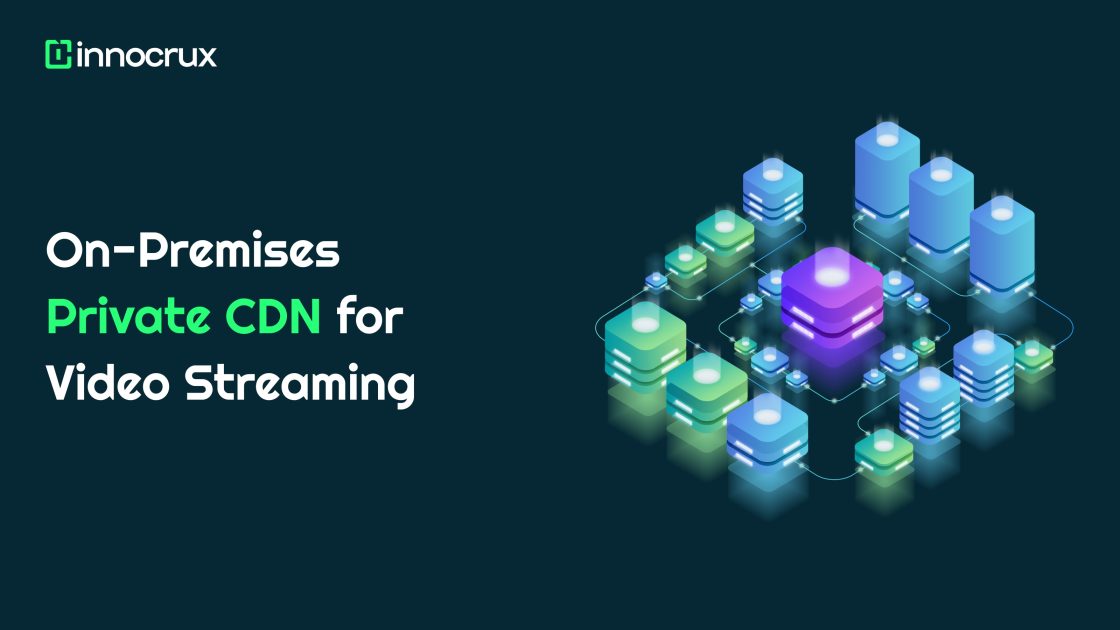Overview
The landscape of Over-the-Top (OTT) streaming is dynamic and multifaceted, with the demand for high-quality video content spanning across a plethora of devices. From Smart TVs to mobiles, and from Android to iOS, each platform presents unique challenges and opportunities for video compression. As we delve into 2024, let’s explore how codecs are evolving to meet the demands of OTT streaming across a diverse ecosystem of devices, including Apple TV, Roku, Samsung Tizen OS, and LG webOS.
H.264: The Legacy Continues
Despite the emergence of newer codecs, H.264 remains a stalwart in the OTT landscape. Its widespread support across devices, including Smart TVs and mobile platforms like Android and iOS, makes it indispensable for streaming services in 2024. While newer codecs offer greater compression efficiency, H.264’s compatibility and familiarity ensure its continued relevance, particularly for legacy devices and bandwidth-constrained environments.

Why does H.264 continue to be relevant in 2024 despite the availability of newer codecs?
Explanation: H.264’s widespread compatibility and familiarity make it a reliable choice for streaming services, particularly on legacy devices and in environments with limited bandwidth. While newer codecs offer advancements in compression efficiency, the ubiquity of H.264 support ensures seamless playback experiences for a wide audience.
H.265 (HEVC): Paving the Way for 4K Streaming
With the proliferation of high-resolution displays, HEVC has become the codec of choice for delivering 4K content on platforms like Apple TV, Roku, and Samsung Tizen OS. Its superior compression efficiency enables streaming services to deliver stunning visuals while minimizing bandwidth consumption. As Smart TVs continue to evolve with higher resolutions and HDR support, HEVC remains a crucial enabler of immersive viewing experiences in 2024.
How does HEVC enhance the streaming experience for viewers on Smart TVs and other high-resolution displays?
HEVC’s superior compression efficiency allows streaming services to deliver high-resolution content, such as 4K and HDR, without significantly increasing bandwidth consumption. This enables viewers to enjoy immersive viewing experiences with crisp visuals and vibrant colors on devices like Smart TVs.
AV1: Bridging the Gap between Quality and Accessibility
As the industry shifts towards open, royalty-free codecs, AV1 emerges as a promising contender for OTT streaming. Its compatibility with web browsers, including those on Android and iOS devices, makes it an attractive choice for streaming services seeking to reach a broad audience. Additionally, AV1’s efficient compression algorithms and support for HDR and higher resolutions align with the evolving demands of Smart TVs and next-generation displays.
How does AV1 address the need for both high-quality video and accessibility across a diverse range of devices?
AV1’s open, royalty-free nature makes it accessible to a wide range of developers and content creators, facilitating its adoption across platforms and devices. Its efficient compression algorithms enable streaming services to deliver high-quality video content, including HDR and higher resolutions, while ensuring compatibility with web browsers, Android, and iOS devices.
VP9: Google’s Vision for Web-Based Video
Google’s VP9 codec continues to gain traction in the OTT ecosystem, particularly on web platforms and Android devices. Its efficient compression and open accessibility make it a preferred choice for streaming services targeting web and mobile audiences. With Google’s continued support and integration into platforms like Android TV, VP9 remains a viable option for delivering high-quality video across a diverse range of devices in 2024.
How does VP9 support Google’s vision for web-based video delivery, and what advantages does it offer for streaming services targeting web and mobile audiences?
VP9’s efficient compression and open accessibility align with Google’s commitment to democratizing video delivery on the web. Its support for web browsers and Android devices enables streaming services to reach a broad audience with high-quality video content while minimizing bandwidth consumption, making it an attractive choice for web-based and mobile-focused platforms.
The Role of Adaptive Streaming and Transcoding
In the complex landscape of OTT streaming, adaptive streaming technologies play a crucial role in optimizing video delivery across diverse devices and network conditions. Adaptive bitrate (ABR) streaming dynamically adjusts video quality based on available bandwidth, ensuring smooth playback experiences for viewers on Smart TVs, mobiles, and web browsers. Transcoding technologies further enhance compatibility by converting video streams into multiple formats, catering to the specific requirements of each platform and device.
How do adaptive streaming and transcoding technologies optimize video delivery for viewers across Smart TVs, mobiles, and web browsers?
Adaptive streaming dynamically adjusts video quality based on available bandwidth, ensuring smooth playback experiences across devices and network conditions. Transcoding converts video streams into multiple formats, optimizing compatibility and quality for each platform and device, thereby enhancing the overall viewing experience for OTT audiences.
Innovation in Content Delivery Networks (CDNs)
As the demand for OTT streaming continues to soar, Content Delivery Networks (CDNs) are evolving to meet the scalability and performance requirements of streaming services. Edge caching, peer-to-peer (P2P) delivery, and multicast technologies optimize content distribution, reducing latency and improving streaming quality across Smart TVs, mobile devices, and web platforms. By leveraging innovative CDN solutions, streaming services can deliver seamless viewing experiences to audiences worldwide in 2024.
How do innovations in Content Delivery Networks (CDNs) enhance the scalability and performance of OTT streaming services, particularly in delivering high-quality video content to diverse audiences?
Innovations in CDNs, such as edge caching, peer-to-peer (P2P) delivery, and multicast technologies, optimize content distribution, reducing latency and improving streaming quality across a diverse range of devices and network conditions. By leveraging these innovative solutions, streaming services can deliver seamless viewing experiences to audiences worldwide, regardless of device or location, thereby enhancing the scalability and performance of OTT streaming.
Conclusion
In the dynamic landscape of OTT streaming, codec selection, adaptive streaming, and content delivery technologies play pivotal roles in delivering high-quality video content across a diverse array of devices. From the legacy of H.264 to the innovation of AV1 and beyond, each codec brings its unique strengths and considerations to the table. As streaming services navigate the complexities of the OTT ecosystem in 2024 and beyond, the key to success lies in adaptability, innovation, and a deep understanding of audience preferences and device capabilities.
Innocrux is at the forefront of developing cutting-edge solutions for the OTT industry, offering a comprehensive suite of products and services designed to optimize video delivery and enhance the viewer experience across all devices and platforms. With a focus on innovation and customer satisfaction, Innocrux continues to drive the evolution of OTT streaming in 2024 and beyond.








No comments yet